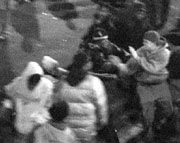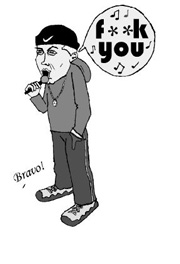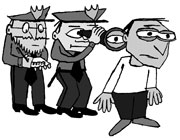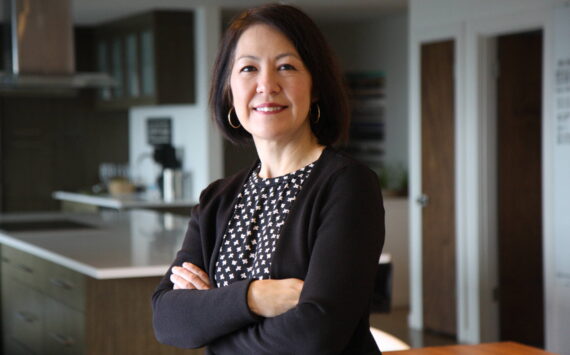The images of Fat Tuesday’s meltdown in Pioneer Square last week weren’t shown for very long; the earthquake that followed only a few hours later overwhelmed them. But for the millions who saw the photos or video, those images burned into the retina: gangs of feral youth beating, kicking, and pummeling male and female victims.
In almost all of the violent images of that night on TV and in the daily news- papers, the attackers were black and the victims were white. Thanks to our local media, this is the idea of the 2001 Mardi Gras riots that most people carry with them. The poster victim of Fat Tuesday, Kris Kime, was also white, and police now say the suspects in his murder are black. The fallout from all this is that many people assume the attacks were racially motivated.
However, police do not see the Mardi Gras attacks as solely or even predominately racial violence. Instead, police say Fat Tuesday’s thugs and victims came in all colors. Leaders of the African-American community met with Mayor Paul Schell and Police Chief Gil Kerlikowske late last week to express their concerns that black people were being singled out unfairly.
Many eyewitnesses, however, say most attackers were African-American, although victims were of all races. The descriptions of Pioneer Square bar and restaurant workers who survived the night are consistent: Young black people attacked others regardless of race. Says one white Pioneer Square bartender, “I’ve prided myself my whole life on not being racist, but all of the kids in our vicinity [doing the attacking] were black. But it wasn’t a racial thing: They were [attacking] white, black, Asian, Samoan, Hawaiian, whatever.” Frequently, according to these witnesses, the tension was between gangs of black youth snaking through the crowd and the drunken kids they encountered. “The big problem is where 15- to 16-year-olds want to cause trouble—kicking, punching, gang members fighting white suburban kids and each other,” says Ogmane Bazzad, owner of Mediterranean Mix.
Internet lists, mail to Seattle Weekly, and radio talk shows have included professed witnesses who not only describe the attacks as black on white but also attribute them to racial motivations. These perceptions could have a potentially explosive impact on Seattle politics.
While the city debates whether Fat Tuesday was a race riot, there is a far more immediate challenge: St. Patrick’s Day. With Mardi Gras still fresh in their minds, how many violence-inclined youth are going to come down to rip things up next Saturday night? What will the city do? As St. Pat’s approaches, public attention will focus on the planned tactics of the police.
Perhaps just as important are last week’s images. Whether or not Mardi Gras was a race riot, after last week’s incendiary images, next time could be.







